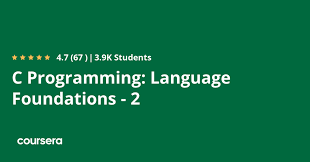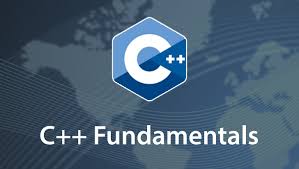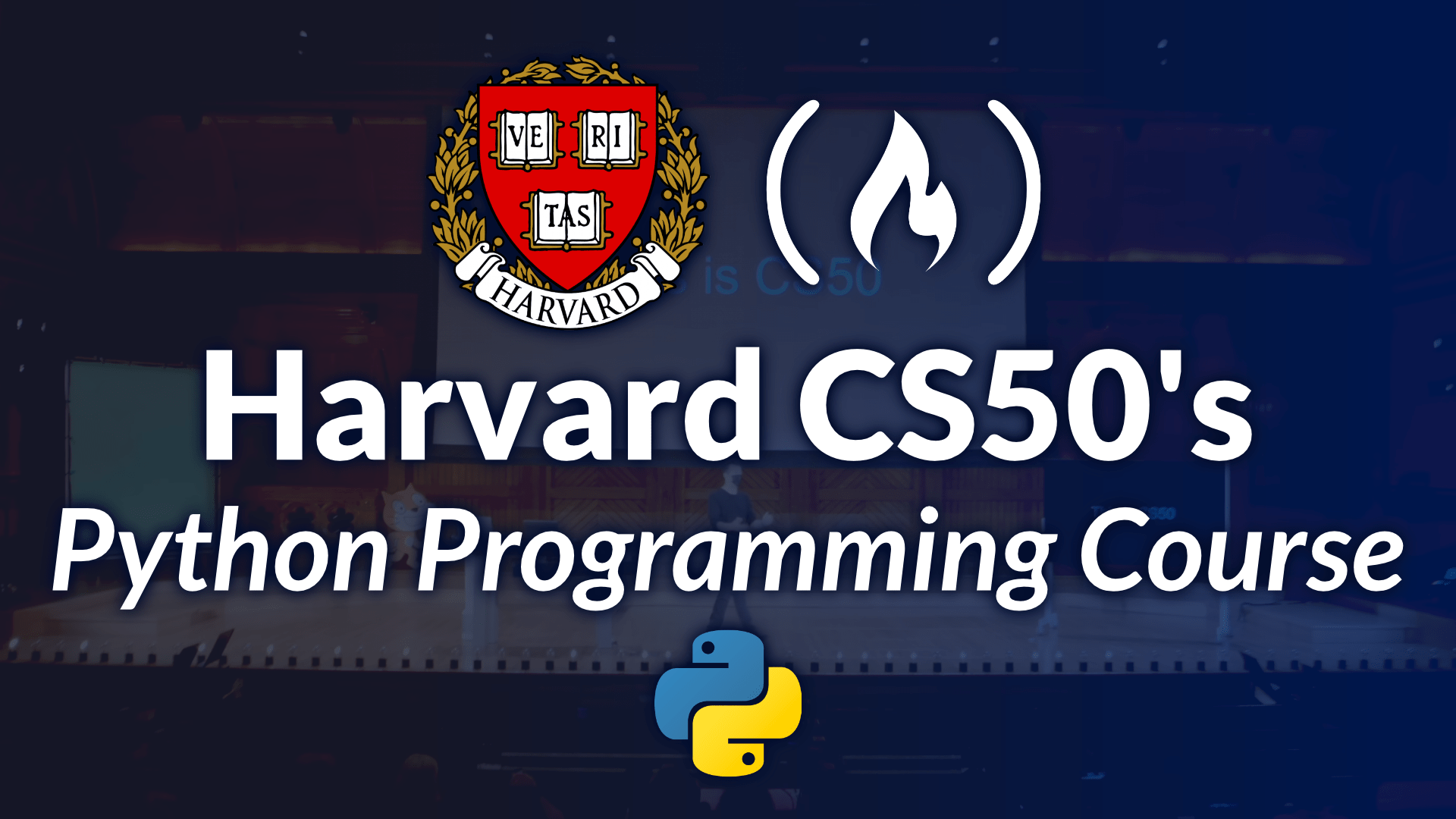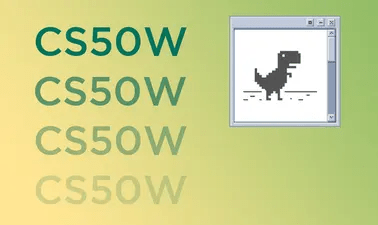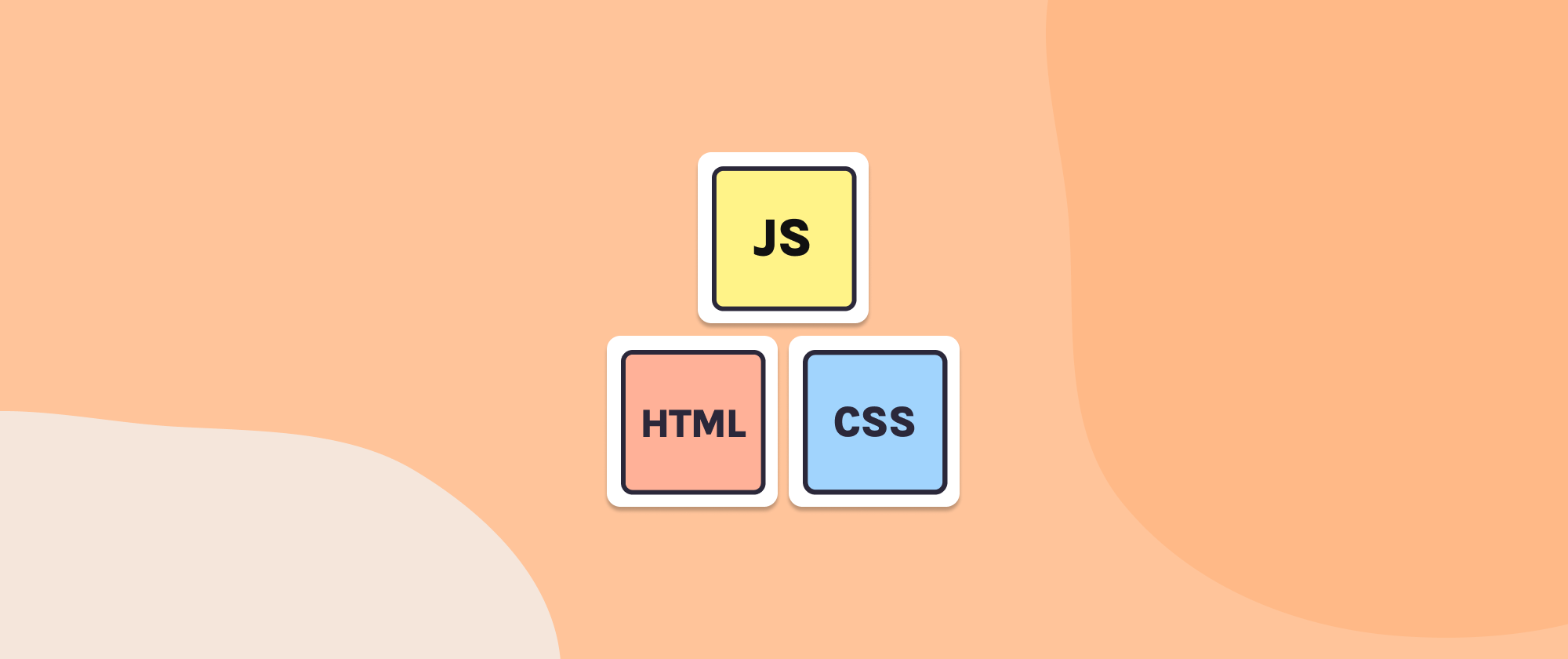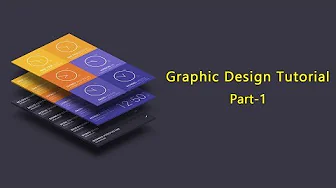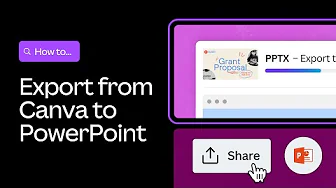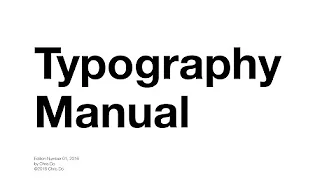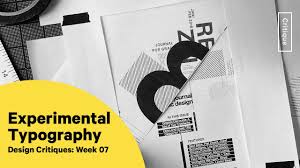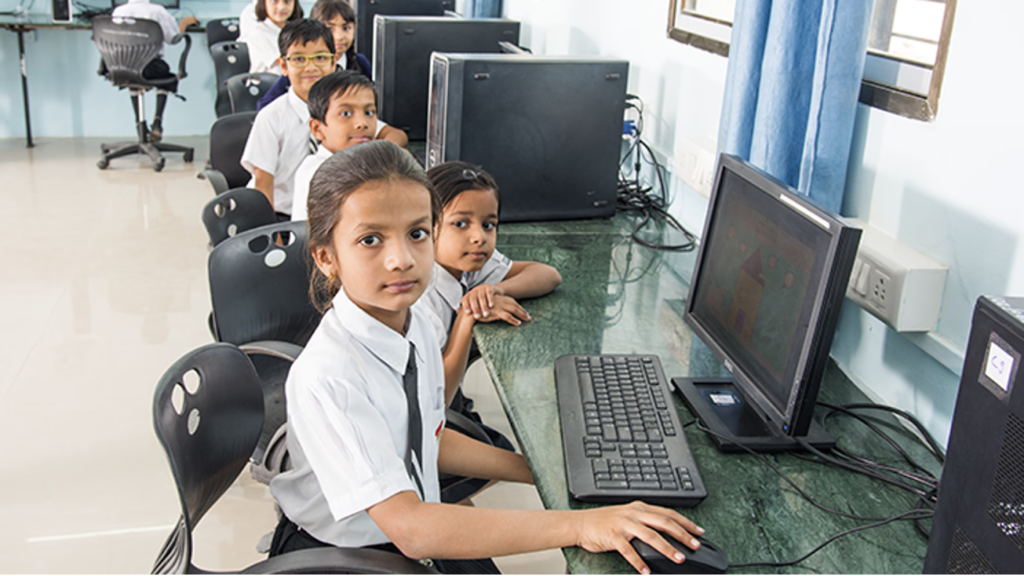Discover New Teaching Strategies At Learnscape Summit

Smart Time Management Tips for Tech Students

Time Management Magic: A Must-Have Skill for Tech Students Hey fellow tech enthusiasts! Today, we’re diving into a superpower that every tech student should have – time management. It’s like the secret sauce for success in the tech world. Let’s break it down into simple steps so you can rock your studies and still have […]
Microcertifications vs Exam Marks: A Better Path

Why Exam Marks Are Meaningless: We Should Focus on Proof of Learning Through Microcertifications and Online Portfolios In today’s fast-paced world, the traditional education system, with its heavy reliance on exam marks, is increasingly seen as inadequate for preparing students for real-world challenges. As we move further into the digital age, the focus is shifting […]
ApniPathshala: Enhancing Computer Literacy for Better Education in India
Discover how ApniPathshala is transforming education in India through the power of computer literacy, one student at a time.
Apni Pathshala’s Vision for a Skilled Youth in Uttar Pradesh
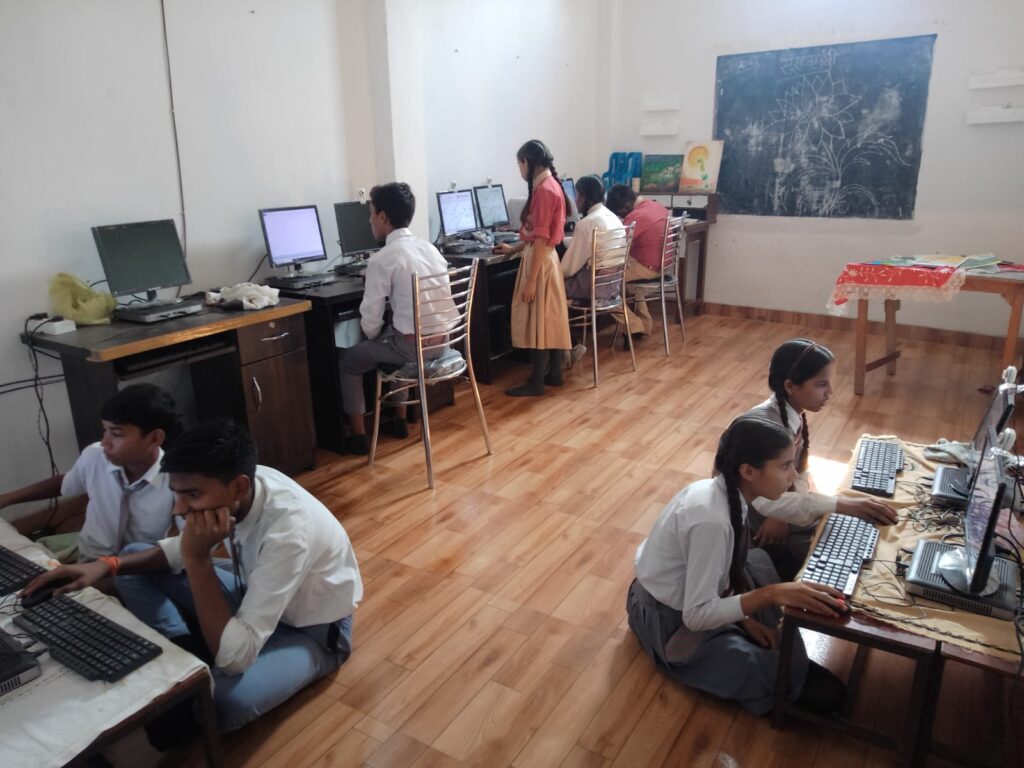
Apni Pathshala, a pioneering initiative in Uttar Pradesh, is equipping the youth with digital skills to bridge the digital divide and empower them.
Embracing Alternative Education: A Fresh Approach to Learning

Alternative education offers a customizable learning experience that prioritizes student needs and fosters a love of learning
Learning in the Shadows: The Struggle for Quality Education in Maharashtra’s Zilla Parishad Schools

Maharashtra’s Zilla Parishad schools struggle with declining enrollment, limited technology, teacher challenges, and lack of skill development programs.
The Art of Independent Study: Building Self-Reliance

Mastering the art of independent study empowers individuals to take charge of their learning journey, fostering self-reliance and personal growth.
Why Every Student Should Use Twitter Regularly

Apnipathshala Why Every Student Should Use Twitter Regularly In today’s digital age, social media platforms have become an integral part of our daily lives, offering a plethora of opportunities for communication, networking, and learning. Among these platforms, Twitter stands out as a powerful tool that every student should consider incorporating into their routine. Here’s why: […]
The Competitive Edge: How a PC Can Help Tuition Teachers Earn More Money!
Discover how a PC boosts tuition teachers’ earnings through efficiency and online reach, enhancing educational impact and income potential.








